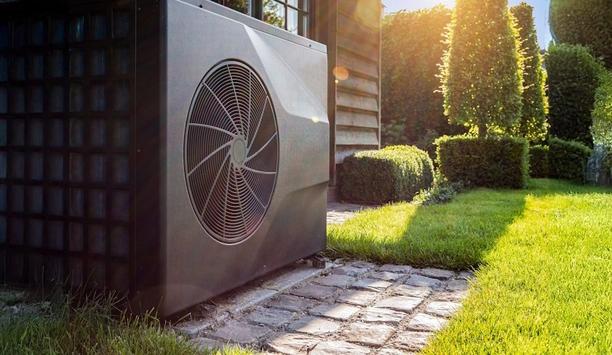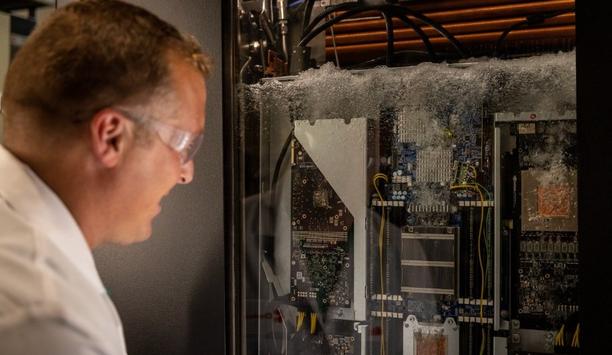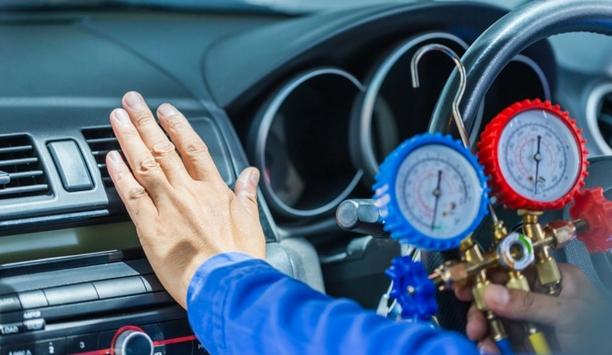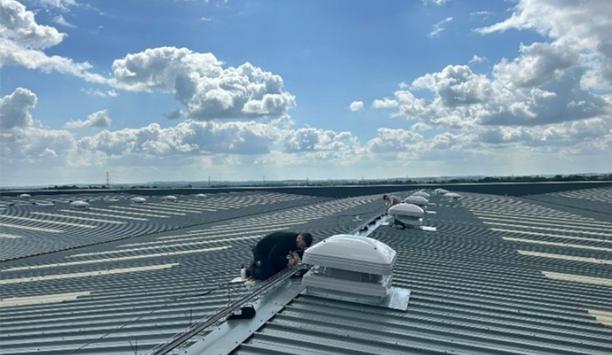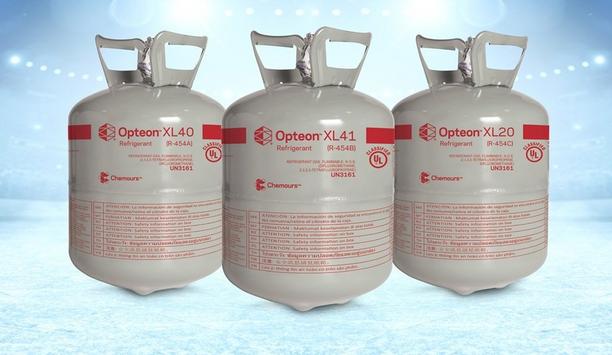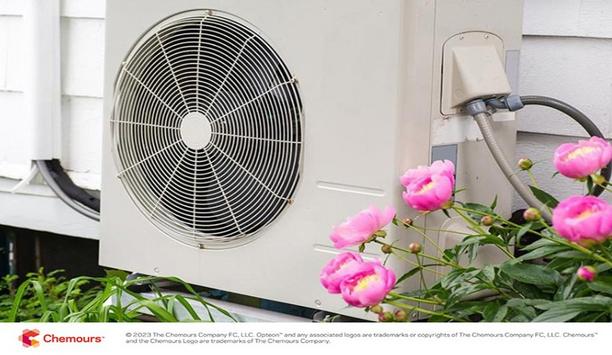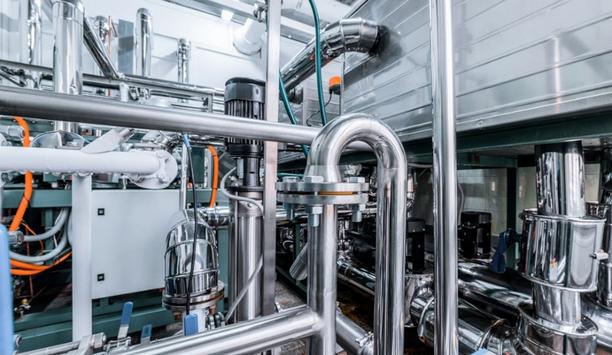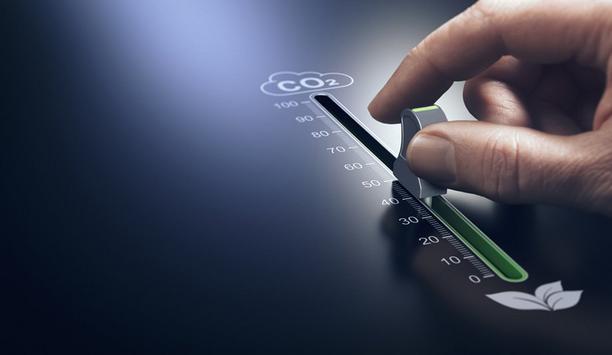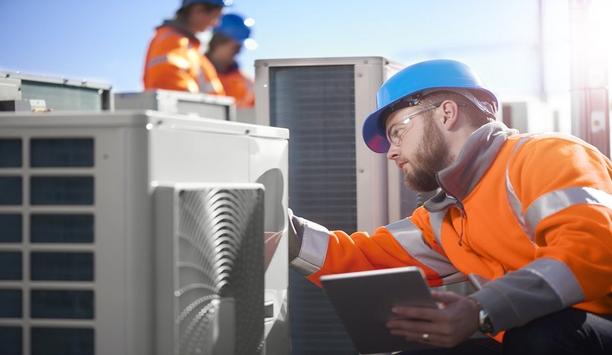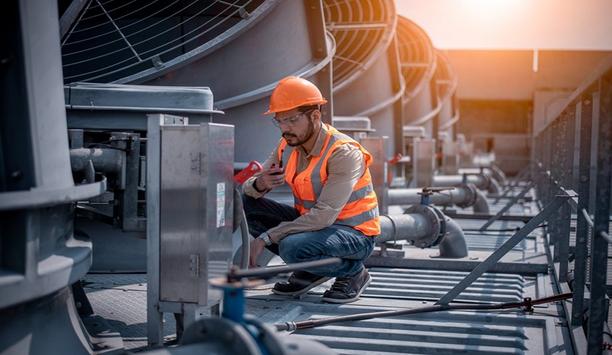Technology & Trends - Heating
Training has always been important in the heating sector, not least of all because of the dangers associated with working with gas, the traditionally dominant heating fuel in the UK. With the changes that are occurring across the heating industry, primarily the move towards decarbonization, manifesting in a transition to heat pumps, training is more important than ever. Principles of heat pump technology Training could take the form of a CPD on understanding the guides of heat pump technolog...
The HVAC/R industry is in the process of a major shift as A2L refrigerants become the standard in residential and commercial system HVAC. This change is being propelled by stricter environmental policy and advancements in refrigeration technology. However, the transition is not without its hurdles, posing new considerations for system owners, technicians, and equipment manufacturers. Favor of GWP alternatives The Environmental Protection Agency (EPA) has established clear guidelines to phase...
“If you don’t like the weather in New England, just wait a few minutes.” To this day, Mark Twain’s quote is used to describe quickly changing weather conditions in regions throughout the United States, United Kingdom, and elsewhere. However, in contrast to the weather, the climate change being experienced globally is creating nontraditional conditions that are much more permanent. Consequently, HVACR systems are being subjected to a new set of conditions that, if not ad...
It’s often said the only constant in life is change. In the HVACR industry, that phrase has been especially true. We saw another year of transitions in 2024 that included evolving efficiency and refrigerant regulations, changing corporate net zero targets, the continued emergence of advanced heat pumps, and the impact of artificial intelligence (AI) in building management. Smart and sustainable Throughout these transformations, the industry continues to overcome challenges and in...
For warehouse and factory owners, cutting their heat energy bills by over 90% might seem like a pipedream. I’ve been in enough warehouses to know one thing: heating them is expensive and frustrating. It often feels like throwing money into the wind. However, times are changing, and with the introduction of Shortwave Infrared (SWI), a revolutionary technology set to redefine warehouse heating, business owners can finally achieve energy savings on the scale they need. Shortwave Infra...
Data centers worldwide are under intense pressure. High-powered computing is a global necessity that seemingly gets more demanding by the day. There’s also the need to prioritize sustainability improvements ranging from resource conservation to decarbonization. And data centers must consider their bottom line and remain competitive. Anticipating the challenges data centers will continue to face, scientists and engineers have innovated two-phase (2-PIC) immersion cooling. With the capacit...
Until a couple of years ago, most of the talk about heat pumps occurred around this time of year, when more than half the planet prepares for an autumn cooldown. These discussions were typically limited to regions that only experienced moderate winters. But as anyone who has recently perused an HVACR trade magazine or website—or participated in an industry webinar, event, or social media conversation—can tell you, the topic of heat pumps is virtually unavoidable. Not only do heat p...
By now, the HVAC industry is well versed in, and operating successfully with, various HFC refrigerant production and consumption reduction schedules put forth by regulatory bodies. Under the EPA American Innovation and Manufacturing (AIM) Act, for example, the U.S. experienced a significant reduction (another 30%) in January 2024, advancing the goal of an 85% HFC phasedown from historic baseline levels by 2036. And the EU is working toward its stated objective of an HFC phaseout by 2050. tech...
Automotive HVAC is a heating, ventilation, and air conditioning system installed in automobiles, such as passenger cars, pickup trucks, and heavy-duty trucks. Like other air conditioning systems, automotive HVAC cools the air by transforming the refrigerant into a liquid or gas. The heating process, on the other hand, is characteristic of automotive HVAC as it uses the heat created by the engine. HVAC systems in the automotive The adoption of heating, ventilation, and air conditi...
The HVAC market is forecasted to grow at a projected compound annual growth rate (CAGR) of 3.9%, with a prediction to reach $370 billion by 2030. But in reality, the HVAC and plumbing industry is changing rapidly, with operators facing new challenges like never before. Whether it’s rising costs, the uncertain economy, increasing competition, or the workforce shortage, there’s no doubt the HVAC and plumbing market is evolving. So how do you adapt? That’s the key question. My t...
How can UK businesses effectively tackle the challenge of cooling commercial and industrial buildings? Cooling commercial and industrial buildings can be a challenge for UK businesses. In recent years, the spiraling energy costs have put pressure on businesses with regard to finding new and innovative ways to achieve the same result with less capital outlay and less maintenance. New system installs have sometimes been put on hold and maintenance schedules squeezed, leaving many businesses with...
From temperate climates that reach mid-90 F in June and mild winters allowing people to be outdoors without jackets to the “May flowers” that bloom in early March, it’s evident that society is experiencing World Refrigeration Day’s 2024 theme: “Temperature matters.” In addition to driving climate change, global warming is driving changes in how people live and how industries adapt and innovate to support new dynamics. This is especially true for the HVACR Indu...
Advanced heating, ventilation, air-conditioning, and refrigeration (HVACR) systems have always been essential to healthcare. However, the need for clean, fresh air at the right temperature and humidity within clinical settings has never been made clearer during the COVID-19 pandemic. It illustrated the importance of effective HVACR systems in healthcare due to their ability to improve air quality, patient outcomes, and infection control measures. The need for change Many current...
By now, most of the HVACR industry is familiar with the HFC phasedown portion of the U.S. EPA American Innovation and Manufacturing (AIM) Act that was signed in 2020 and finalized in 2021. The first phasedowns started Jan. 1, 2020, with a 10% reduction in HFC refrigerant production, importation, and consumption, and was followed by an additional 30% reduction that began Jan. 1, 2024. As these regulations work to achieve a total 85% HFC phasedown from historic baseline levels by 2036, Tech...
“Decarbonising home heating represents one of the biggest challenges to the government achieving net zero,” was a conclusion of the recent National Audit Office report ‘Decarbonising home heating’. The facts, the report states clearly in the opening are: 18% of the UK’s greenhouse gas emissions in 2021 were from home heating and 55,000 heat pumps were sold in the UK in 2022. decarbonizing home heating Crucial to decarbonizing home heating is the government&rsquo...
Refrigerant transitions are imperative to comply with evolving emissions regulations and decarbonization agendas. The dynamic landscape necessitates continual adaptation to meet current requirements, with further changes anticipated. However, switching refrigerants poses numerous HVAC/R system design hurdles, affecting system performance and component selection. Energy efficiency standards Energy efficiency standards are a paramount concern, driving innovation towards systems that perform we...
I remember Dr. Dave Bowman from Kubrick's "2001: A Space Odyssey" commanding HAL 9000 to open the pod bay doors, and HAL chillingly responds, "I'm sorry, Dave. I'm afraid I can't do that." Fortunately, unlike the fictional HAL," ChatGPT and other GenAI tools remain compliant and helpful, far from refusing commands or leaving us stranded in space. In the rapidly evolving landscape of technology, artificial intelligence (AI) should play a pivotal role in transforming various aspects of our dai...
Hydrofluoroolefin (HFO) and so-called “natural” refrigerants have coexisted for more than two decades, with each serving the specific needs of the HVACR industry. However, over the past several years, the proverbial aisle has formed, with pro-HFO voices on one side and “natural” advocates on the other. EU F-gas regulations The debate is getting more “ink” these days, partly due to advances in proposed EU F-gas regulations as well as the acceleration of glo...
Although the European Union is several steps ahead in the transition away from hydrofluorocarbon (HFC) refrigerants, members of the HVACR industry in other countries currently find themselves in a more urgent situation when it comes to stepping down HFCs and stepping up use of new-generation hydrofluoroolefin (HFO) refrigerants and emerging A2Ls. EPA’s AIM Act This is especially true in the U.S., where 2024 kicked off with an additional 30% reduction in HFC production and consumption un...
Peter Van Den Heede, Head of Sales and Marketing, Benelux, ABB Motion, explains how electrification systems are paving the way for sustainable urban landscapes. As the fight against climate change intensifies, the European Union has set crystal clear targets on the path to Net Zero. If we are to meet the EU’s ambitious goals of a 55 percent reduction in greenhouse gas emissions by 2030, and complete climate neutrality by 2050, then we need to find ever-smarter ways to save energy.&n...
College was never the only path to success. There are many other nontraditional avenues to success, and I had the privilege of blindly venturing down one myself. My path included a short stint in college, then trade school, an apprenticeship, a role building a training program, a managerial role running a branch, and ultimately a leadership role running a large region of companies. I started my career as a heating, ventilation, and air conditioning technician, and I didn’t think I’...
This time of year, a lot of planning is underway. Companies throughout the HVACR industry are mapping out the best path to maintain their current level of business, pursue growth while staying in their lane, or expand into a new area based on changing customer needs and industry opportunities. Whether you’re a small family-owned residential HVAC shop, a major player in commercial HVACR service or manufacturing, or anywhere in between, it’s helpful to be aware of the strong dynamics...
Nothing is immune to entropy. As buildings age, they suffer natural breakdowns in efficiency, performance, and useability, compromising occupant comfort and leading to higher energy bills. Luckily, they do not have to stay that way. Retro-commissioning brings existing structures up to speed so they can function their best. What Is Commissioning? Commissioning helps buildings operate as the owners intended and ensures staff maintains their equipment and systems. During new construct...
Circularity. Some may call it a “hot topic.” But in reality, the concept and practice of circularity is here to stay, indefinitely, for the simple reason that the sustainability of our planet depends on it. Whatever type of product you sell, “widget” you manufacture, or service you provide, achieving circularity, that is, putting practices in place so that materials remain in circulation and never become waste is finding its way onto the priority list of every business....
Using air conditioners and electric fans to stay cool accounts for nearly 20% of the total electricity used in buildings around the world, according to a report from the International Energy Agency. hybrid work model As a unique mix of key factors, such as the adoption of the hybrid work model and escalating heatwaves in certain regions of the United States keep people indoors for longer periods, this 20% share represents an increasingly costly line item on household budgets. Those within th...
Most consumers choose an HVAC contractor based on their online reviews. Before making a final decision, potential customers actively look for what others have to say about your business, and having plenty of online positive reviews automatically positions you as a top pick. Reviews Reviews also help you rank higher in search results, and buyers are willing to pay more for brands with lots of strong reviews. So how do you get more of them? First, you have to create great customer experiences....
Summer may not seem like the most opportune time to be selling heating products and solutions. The temperatures are already hot, so why would a homeowner need to worry about their heating source? For many HVAC clients, the idea of being proactive before the cold weather drops is foreign. That’s why contractors need to remind them of the importance of focusing on their heating units during the summer. capitalize on heating solutions There are plenty of opportunities available for contra...
Today’s HVAC contractors are acutely aware that they need visibility on the internet and in their community if they want the phones to ring with requests for new business. As a result, HVAC company leaders have become savvy about marketing and advertising and know that search engine optimization, direct mail flyers, and flashy truck wraps attract attention. Public relations But what they don’t stop to think about is that their competitors likely have a very similar marketing strat...
Coastal and tropical areas present their own unique challenges for business and residential HVAC units. For these machines, which we use to create comfortable, safe air for occupants, corrosion is enemy number one in high moisture environments. Due to the high level of moisture and salts in the air along the coast, HVAC solutions are more susceptible to corrosion. These salts can negatively impact unprotected coil fins and metal surfaces, causing them to corrode, which can ultimately lead to s...
With each passing year, more and more individuals are becoming conscious of the importance of sustainability. As a result, there has been a boom in the electric vehicle (EVs) market. According to the International Energy Agency, the sales of EVs doubled in 2021 with nearly 10% of global car sales being electric. Two million electric vehicles were sold in the first quarter of 2022 alone. It was estimated that 13% of new cars sold in 2022 would be electric. Gas-Powered vehicle For those who cho...
Browse expert commentaries
Related videos
Munters LCX Liquid-To-Liquid Coolant Distribution Units
Opening remarks from the Powering European Industry event in Sønderborg, 29 October 2024 | Danfoss
Episode 1: How we decarbonize industry | Decarbonization Explained | Danfoss
Leveraging Radiant And Hydronics To Help Achieve Decarbonization Goals
DownloadSealed Connectors In Harsh Environments
DownloadPowering And Cooling Next Generation Data Centers
DownloadDebunking Myths To Promote A Bright Future For Heat Pumps
DownloadOptimizing Comfort: The Ultimate HVAC Component Guide
Download

